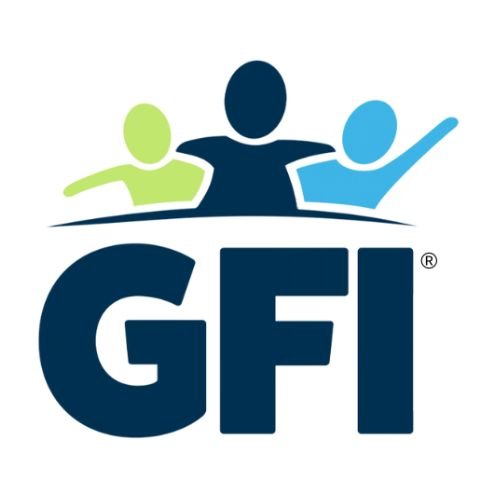Understanding and Celebrating Neurodiversity
Autism Acceptance Month is just around the corner. Before we take the opportunity to hyperfocus on autism as a neurotype, let’s take a minute during this Neurodiversity Celebration Week (March 13-19) to better understand what neurodiversity is and why it should be celebrated!
Different models of neurodiversity will include a variety of neurotypes. The neuro majority can be defined simply as those humans without a diagnosable brain-based difference, such as ADHD or dyslexia, for example. This “neurotypical” subset represents a fairly narrow majority. For this and other reasons, it’s important to understand the continuum of neurological experience and lean into our curiosity about brain wiring and its impact on our communities.
When teachers consider the different learning styles of their students, they’re likely considering the different neurotypes represented in their classrooms, too. By choosing a curriculum that’s universally designed, or adapting the delivery to be more so, they can make the lesson accessible to more if not all students.
Similarly, a manager might look at their team and consider what might be a really fun team building activity for one direct report might unduly stress another team member. For example, going to a smash room might release tension for one person, but might be a sensory nightmare for another. The manager might ask the person who prefers quiet work spaces if an adaptation (such as noise-canceling earbuds) might make the activity enjoyable. If not, maybe ask for a suggested alternative.
Appreciating the strengths of different ways of thinking is at the heart of celebrating neurodiversity. This celebration is particularly meaningful when we recognize and honor the unique perspectives and abilities that are often found in the neurodivergent population. ADHDers (to use an informal identity-first language term) are amazing idea generators. Dyslexics are known to be great at solving puzzles and spatial reasoning, according to this list. These are things to not only celebrate, but seek out to improve a community’s vitality.
Check out our newsletter for ways Good Friend’s programs can help your commUNITY understand and celebrate neurodiversity!

